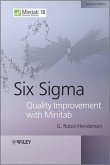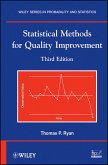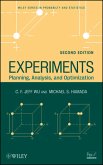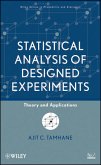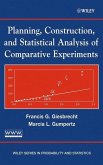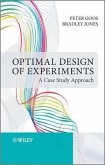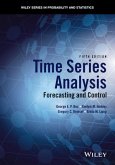Praise for the First Edition: "If you . . . want an up-to-date, definitive reference written by authors who have contributed much to this field, then this book is an essential addition to your library." --Journal of the American Statistical Association Fully updated to reflect the major progress in the use of statistically designed experiments for product and process improvement, Experiments, Second Edition introduces some of the newest discoveries--and sheds further light on existing ones--on the design and analysis of experiments and their applications in system optimization, robustness, and treatment comparison. Maintaining the same easy-to-follow style as the previous edition while also including modern updates, this book continues to present a new and integrated system of experimental design and analysis that can be applied across various fields of research including engineering, medicine, and the physical sciences. The authors modernize accepted methodologies while refining many cutting-edge topics including robust parameter design, reliability improvement, analysis of non-normal data, analysis of experiments with complex aliasing, multilevel designs, minimum aberration designs, and orthogonal arrays. Along with a new chapter that focuses on regression analysis, the Second Edition features expanded and new coverage of additional topics, including: * Expected mean squares and sample size determination * One-way and two-way ANOVA with random effects * Split-plot designs * ANOVA treatment of factorial effects * Response surface modeling for related factors Drawing on examples from their combined years of working with industrial clients, the authors present many cutting-edge topics in a single, easily accessible source. Extensive case studies, including goals, data, and experimental designs, are also included, and the book's data sets can be found on a related FTP site, along with additional supplemental material. Chapter summaries provide a succinct outline of discussed methods, and extensive appendices direct readers to resources for further study. Experiments, Second Edition is an excellent book for design of experiments courses at the upper-undergraduate and graduate levels. It is also a valuable resource for practicing engineers and statisticians.
Dieser Download kann aus rechtlichen Gründen nur mit Rechnungsadresse in D ausgeliefert werden.



